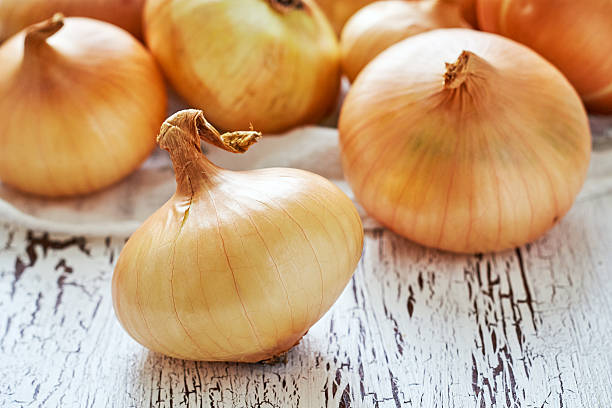Gatherer Forager
Onion Yellow Spanish Early
Onion Yellow Spanish Early
Couldn't load pickup availability
Onions have been cultivated since before recorded history. The European explorers brought the onion to the Americas in the 15th century where they quickly became a staple in the diet of the Indigenous Peoples. Introduced in the 1900s, Yellow Spanish onions are a large (4-6 in.) vegetable with yellow to brown skin and creamy white, firm flesh. Excellent flavor. Good storage. Onions require a very long growing season. They can be sown in the early spring for a Autumn crop. Or sow in late winter ready for spring to plant as soon as the ground can be worked. They can also be sown in late summer and harvested the following spring and summer (climate dependant)
Soil should be deeply spaded before planting. Rows should be 12-18 in. apart. When seedlings are 2 in. high, thin, leaving 4-6 in. between plants.
Aiming for 100% open pollinated and Organically grown in the Huon
Sorry we can not send to W.A at this time
100 seeds
Onion history lesson
The origin of onions like the origin of garlic is buried in antiquity. It is known that onions were grown in Ancient Egypt and that eventually they arrived in Rome. It was in Rome that they were given the name unio, which means large pearl. Unio became unyon in Middle English when the Romans introduced the onion into the British Isles. The status of the onion rose substantially after French Onion Soup was made popular by Stanislaus I, the former King of Poland. The Bermuda onion was first listed by Peter Henderson & Co. in 1888 as the White Bermuda. Sweet onions originated in Texas after Bermuda onion seed from the Canary Islands was introduced into South Texas in 1898. In 1899, onions that grew from the seeds planted in 1898 were shipped to Milwaukee, Wisconsin where they were so enthusiastically received that the following year the small garden plot, which had been the source of the first onions was expanded to 500 acres. In 1952, the Granex, later to be claimed as Vidalia, was introduced in Texas. That same year Granex tranplants from Dixondale Farms (Carrizo Springs, Texas) were shipped to Georgia to a man named Mose Coleman. Coleman discovered that these onions were not hot like other onions planted in Georgia, instead they were remarkably sweet. Coleman was able to sell these sweet onions for $3.50 per 50 pound bag, a fortune in the post-Depression years. Soon almost every farmer in Georgia was growing Vidalia onions. Onions come in three distinct colors: white, yellow and red. The varieties can be classed into three important groupings: short day, intermediate day and long day varieties. These groupings refer to the number of hours of sunlight required to get the onion to bulb. Short Day onions require 10-12 hours of sunlight and are used in the South for winter production. Because Short Day onions have a higher concentration of water as opposed to solid fiber content, they do not store well and should be eaten fresh. Intermediate Day onions require 12-14 hours of sunlight and are ideal for almost all growing areas in the United States. Long Day onions require 14-16 hours of sunlight and grow better where there are extended hours of daylight during the summer months. Long Day varieties typically have more pungent flavor and store better than other varieties.
Share

Just been starting these seeds ,so just waiting to see how they go
Looking forward to these
Just been starting these seeds ,so just waiting to see how they go
Looking forward to these

